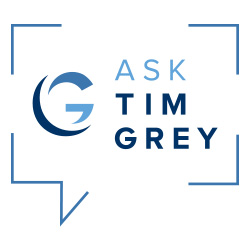Today’s Question: I edit my photos in Lightroom 12 on Macintosh and sometimes in Lightroom 13 on Windows. I get the message that metadata was changed externally, with two choices (Overwrite Settings or Import Setting from Disk). I have XMP files related to all photos, so which one should I choose?
Tim’s Quick Answer: In this context I recommend changing your workflow to avoid the metadata mismatches in the first place. I never recommend using two different catalogs, especially for managing the same photos.
More Detail: A metadata mismatch of the type described in today’s question indicates that an image was changed outside of Lightroom Classic. In other words, the metadata in the source image file (or XMP sidecar file in the case of a proprietary raw capture) doesn’t match the information in the Lightroom Classic catalog.
Under more typical circumstances you would choose to import the settings from the disk if you know the latest updates were made outside of Lightroom Classic, and you would choose to overwrite the settings if you knew the information in the catalog was the most.
In this case the issue is that two different catalogs are being used with two different versions of Lightroom Classic (and on two different operating systems) to manage the same photos. This is not something I would ever recommend, as doing so can lead to mismatched and conflicting metadata for photos.
It is perfectly fine to work across more than one computer with Lightroom Classic. However, when doing so you should always use the same catalog. That generally involves storing the catalog on an external hard drive along with your photos, so you can move the catalog between computers. However, for this to work you would also need to ensure that the same version of Lightroom Classic is being used on both computers so that the catalog version matches the software.

